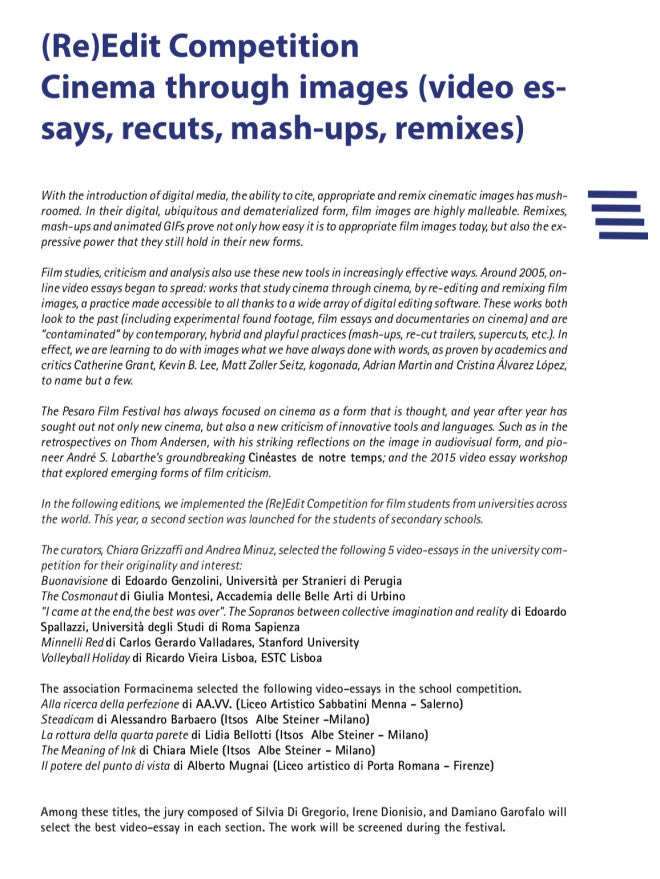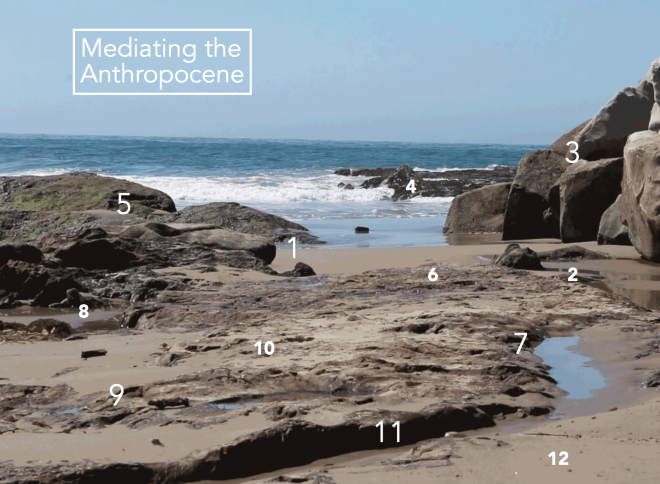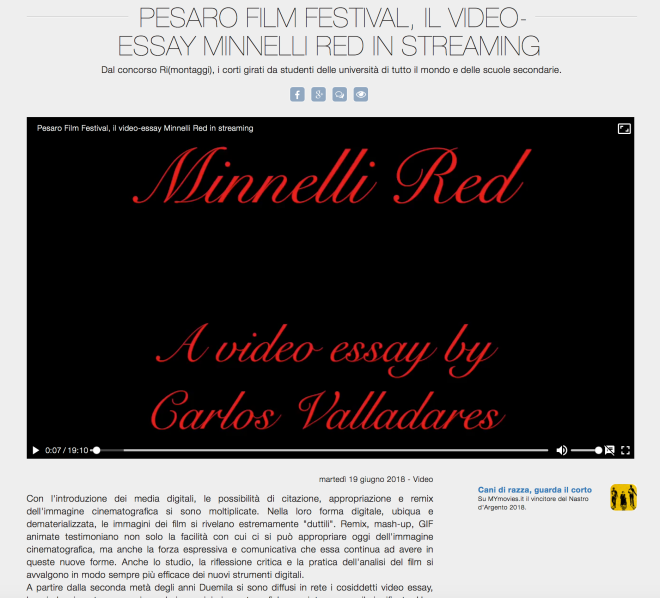I am excited to be participating in the the NEH-funded Virtual and Augmented Reality Digital Humanities Institute — or V/AR-DHI — next month (July 23 – August 3, 2018) at Duke University. I am hoping to adapt “deformative” methods (as described by Mark Sample following a provocation from Lisa Samuels and Jerome McGann) as a means of transformatively interrogating audiovisual media such as film and digital video in the spaces opened up by virtual and augmented reality technologies. In preparation, I have been experimenting with photogrammetric methods to reconstruct the three-dimensional spaces depicted on two-dimensional screens. The results, so far, have been … modest — nothing yet in comparison to artist Claire Hentschker’s excellent Shining360 (2016) or Gregory Chatonsky’s The Kiss (2015). There is something interesting, though, about the dispersal of the character Neo’s body into an amorphous blob and the disappearance of bullet time’s eponymous bullet in this scene from The Matrix, and there’s something incredibly eerie about the hidden image behind the image in this famous scene from Frankenstein, where the monster’s face is first revealed and his head made virtually to protrude from the screen through a series of jump cuts. Certainly, these tests stand in an intriguing (if uncertain) deformative relation to these iconic moments. In any case, I look forward to seeing where (if anywhere) this leads, and to experimenting further at the Institute next month.
Month: June 2018
Out Now: Media Fields 13 — Mediating the Anthropocene
The new issue of Media Fields, devoted to the topic of “Mediating the Anthropocene,” is out now. Included among the many exciting contributions is my article “Post-Cinema After Extinction.” Check out the whole issue here.
Carlos Valladares’s Video Essay “Minnelli Red” at Pesaro Film Festival
Congratulations to Carlos Valladares, who not only graduated with honors from the Stanford Film & Media Studies program this past weekend, but whose video essay “Minnelli Red” was accepted at the Pesaro Film Festival taking place right now in Pesaro, Italy!
Valladares’s video essay, a revised version of his final project for the seminar I taught on “The Video Essay: Writing with Video about Film and Media” last fall, is one of five entries selected by curators Chiara Grizzaffi and Andrea Minuz in the festival’s “(Re)Edit Competition” and is now in the running for a juried award. Good luck, Carlos!

The complete catalog (PDF) for the 54th Pesaro Film Festival is available here:
Let’s Make a Monster — Exhibition at Shriram Center for Bioengineering and Chemical Engineering

Works from the course “Let’s Make a Monster: Critical Making,” which I co-taught this quarter with my art practice colleague Paul DeMarinis, are currently on display in the Shriram Center for Bioengineering and Chemical Engineering at Stanford University. The show, which officially opened today, is up through Friday, June 8.
We are particularly excited to take this work across campus and show it in the context of a space devoted to cutting-edge engineering work, where we hope that it provokes thought and discussion about the transformations of technology, experience, and life itself taking place in Silicon Valley and elsewhere. Thanks especially to Prof. Drew Endy for his help in facilitating and making this show possible.
Here are just a few glimpses of the work on display.
Nora Wheat, Decode (2018)
Hieu Minh Pham, The Knot (2018)
Raphael Palefsky-Smith, Brick (2018) — more info here
David Zimmerman, Eigenromans I-III (2018)
Jennifer Xilo, Mirror for Our Upturned Palms (2018)
Jackie Langelier, Creepers (2018)
































